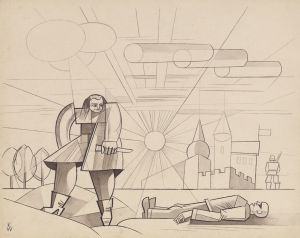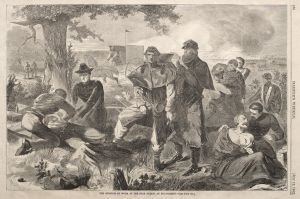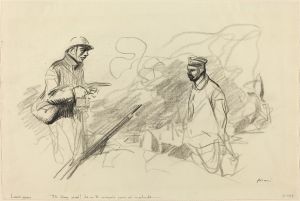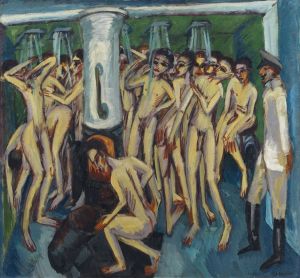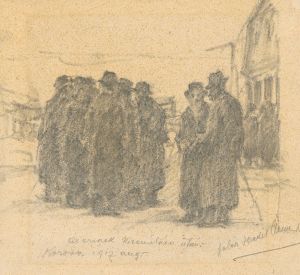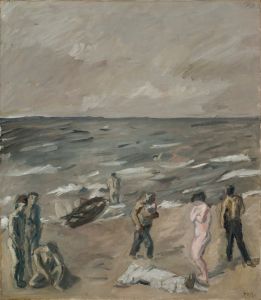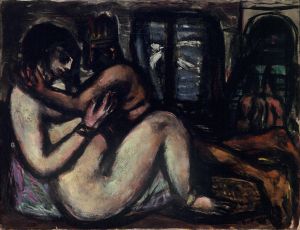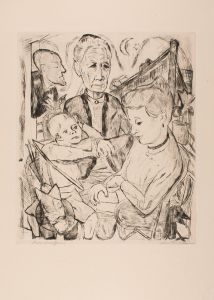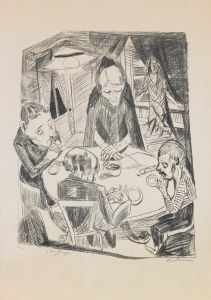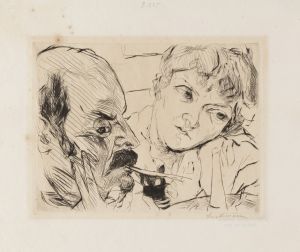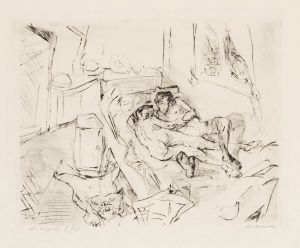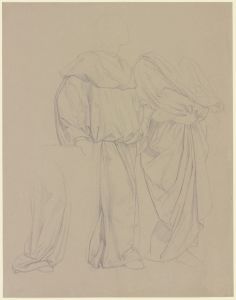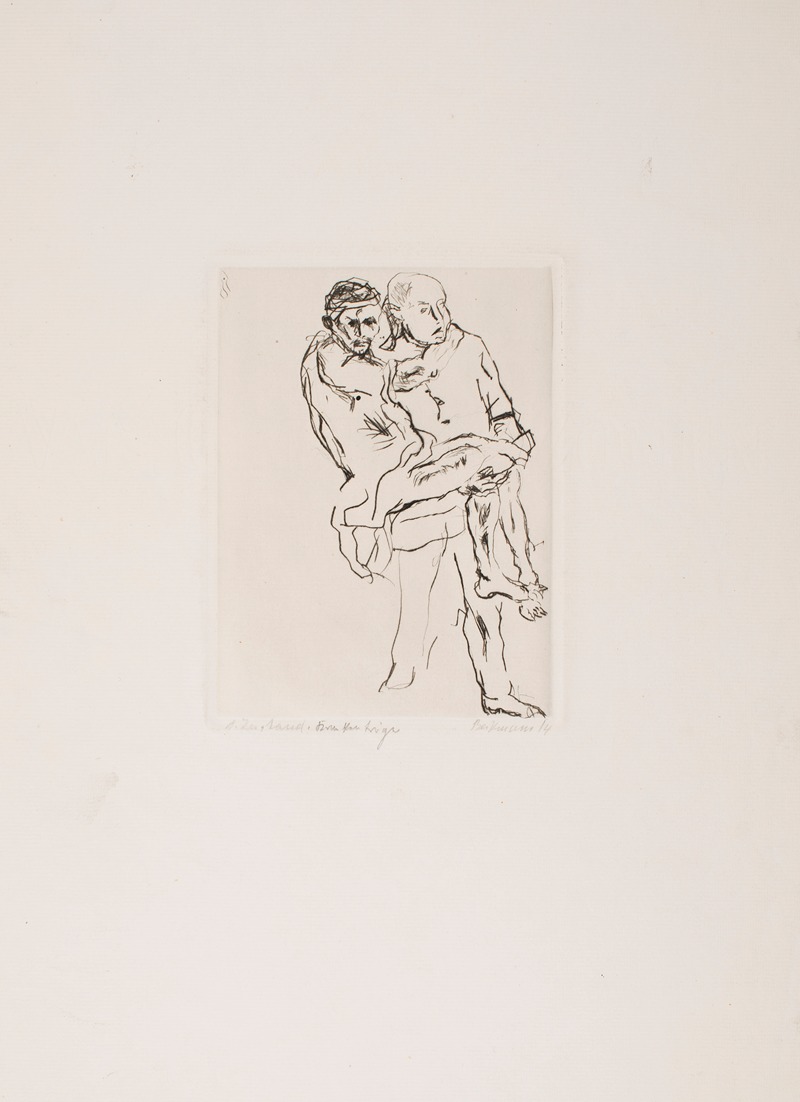
Carrying the Wounded
A hand-painted replica of Max Beckmann’s masterpiece Carrying the Wounded, meticulously crafted by professional artists to capture the true essence of the original. Each piece is created with museum-quality canvas and rare mineral pigments, carefully painted by experienced artists with delicate brushstrokes and rich, layered colors to perfectly recreate the texture of the original artwork. Unlike machine-printed reproductions, this hand-painted version brings the painting to life, infused with the artist’s emotions and skill in every stroke. Whether for personal collection or home decoration, it instantly elevates the artistic atmosphere of any space.
Max Beckmann's "Carrying the Wounded" is a significant work by the German painter, known for his contributions to the New Objectivity movement. Beckmann, born in 1884, is recognized for his expressive style and complex compositions, often reflecting the tumultuous events of his time. "Carrying the Wounded" is a poignant example of his ability to capture the human condition amidst the backdrop of war.
Beckmann served as a medical orderly during World War I, an experience that profoundly influenced his artistic vision. The war's brutality and the suffering he witnessed left a lasting impact on him, which is evident in many of his works. "Carrying the Wounded" is believed to be inspired by these experiences, depicting the harsh realities of war and its effects on individuals.
The painting portrays a scene of soldiers carrying a wounded comrade, a theme that resonates with Beckmann's firsthand experiences on the battlefield. His use of bold lines and stark contrasts emphasizes the gravity of the situation, while the figures' expressions convey a sense of urgency and despair. Beckmann's style, characterized by its intensity and emotional depth, is evident in the way he captures the physical and psychological toll of war.
"Carrying the Wounded" reflects Beckmann's departure from traditional representations of war. Instead of glorifying battle or heroism, he focuses on the human suffering and the chaos that accompanies conflict. This approach aligns with the principles of the New Objectivity movement, which sought to present a more realistic and unidealized view of the world. Beckmann's work often challenges viewers to confront uncomfortable truths, and "Carrying the Wounded" is no exception.
Throughout his career, Beckmann's art was marked by a deep engagement with the social and political issues of his time. His experiences during World War I and the subsequent rise of fascism in Germany profoundly shaped his worldview. As a result, his paintings often explore themes of alienation, trauma, and the struggle for survival in a rapidly changing world.
"Carrying the Wounded" is a testament to Beckmann's skill as an artist and his commitment to depicting the complexities of human experience. The painting's composition, with its dynamic arrangement of figures and dramatic use of light and shadow, draws the viewer into the scene, creating a sense of immediacy and empathy. Beckmann's ability to convey emotion through his art is a hallmark of his work, and this painting is a powerful example of his talent.
In summary, Max Beckmann's "Carrying the Wounded" is a significant work that captures the harsh realities of war through the lens of personal experience. It exemplifies Beckmann's distinctive style and his commitment to portraying the human condition with honesty and intensity. The painting remains an important piece in the study of early 20th-century art, reflecting the broader historical and cultural context of its creation.





